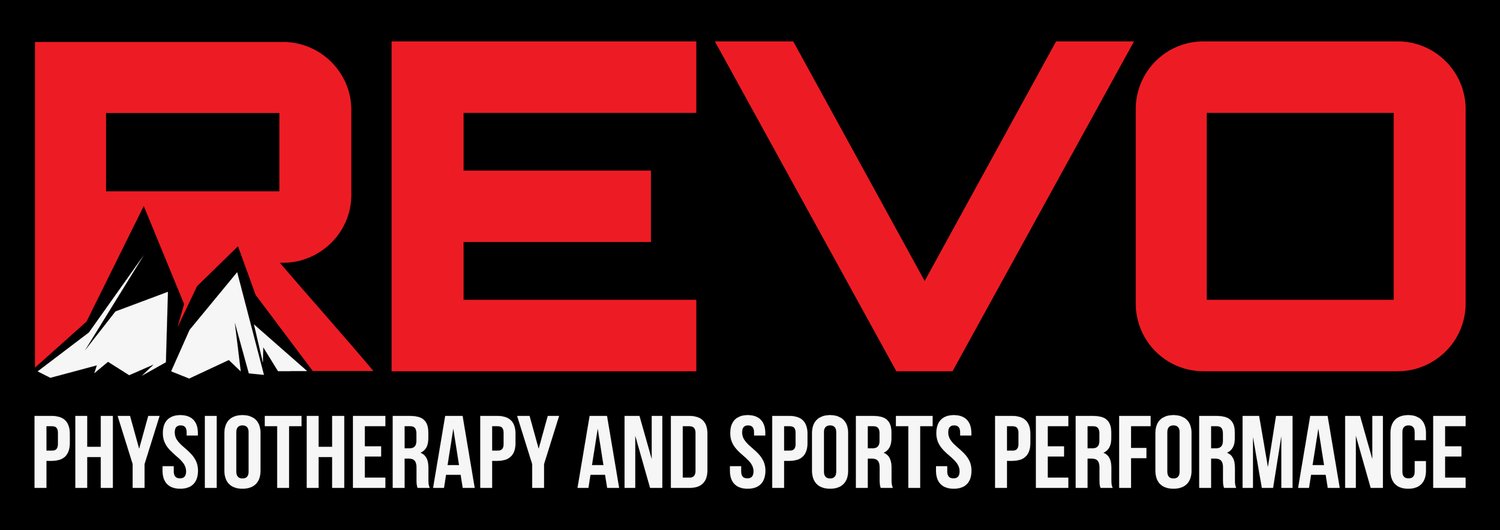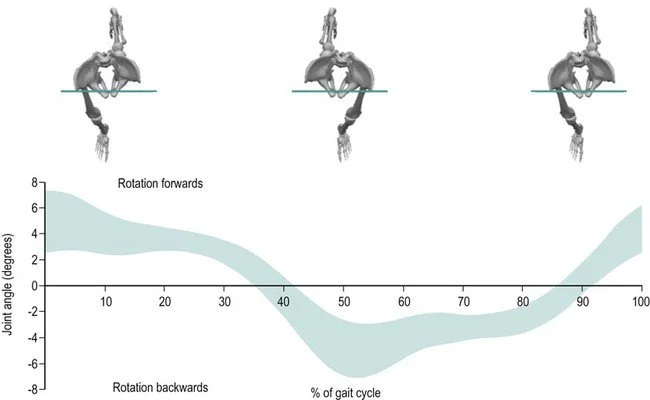Hip rotation is your body’s natural float mechanism.
Most cyclists will be familiar with the term float. Float is referencing the rotation that can be made available at the cleat to pedal interface. Traditionally, float is utilized to provide slack in system which can decrease stress and strain at the knee significantly. That said, this freedom of rotation can be beneficial for other areas of the body.
When cycling with toe clips was more common, the foot was held in a much more static position. This could prove to be problematic as the limb moves through a full pedal stroke. As rotary forces were exerted on the limb, often the knee was unable to tolerate those forces and knee pain was a result. Tolerances could easily be too tight as the foot was held static. If alignment of the limb was optimal there were no problems, if alignment was off, the foot was held in this position for the duration of a given ride.
Greg LeMond here sporting toe clips.
The modern clipless pedal and the eventual addition of float allowed more cyclists to enjoy the efficiency benefits of this type of pedal system while also reducing painful stresses. This float basically allows the foot to rotate in or out at you move through the pedal stroke, increasing slack in the system.
In bike fitting, we use this float to our advantage to place the limb in an optimal range and decrease strain at various tissues based on the individual’s anatomy and injury history. This concept of float moves far beyond bike fitting. Here at Revo we often compare the float found in cycling pedals to the rotation range of motion available in your hips. Rotation range of motion typically gets reported in the 40-50 degree range in either internal or external rotation although clinically we see these ranges vary wildly.
A common pattern we find in clients with lower extremity pain is limited hip rotation and hip extension range. For simplicities sake, we will focus on the rotation limitations. The movement patterns required by your sport, whether we are talking cycling, running, climbing, or skiing will require rotation range of motion at the hip. Let’s take close look at walking, as you move from one limb to another while walking your weight bearing hip is rotating as the pelvis moves on top of the fixed femur.
musculoskeletalkey.com
During activities with more lateral movement and cutting, the rotation demands would increase significantly. If you are missing more than 50% of your rotation range of motion at the hip (something we see clinically often) you will have to compensate for that missing movement. The resulting compensation could result in a movement dysfunction, overstress at a tissue not intended to be dealing with rotation force, or simply pain at a nearby joint.
For example, a significant limit to your hip internal rotation range can make it very difficult to recruit your glute musculature while running. If you have difficulty recruiting the glute you may experience dynamic knee valgus as the glute max would stop the excessive femoral adduction and internal rotation. This rotatory force at best is an irritant at the knee and at worst can cause ligament injury.
As you think about optimizing your lower extremity for sport keep an eye on your hip rotation.
Here are a few of my favorite ways to improve your hip rotation range of motion.


